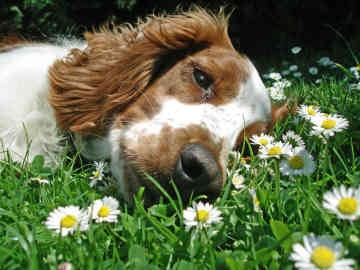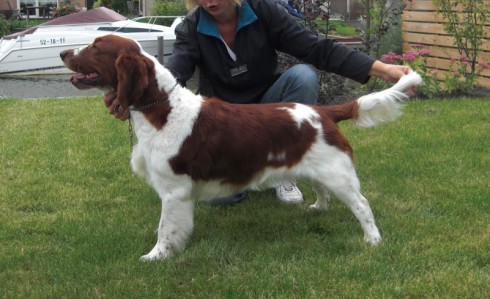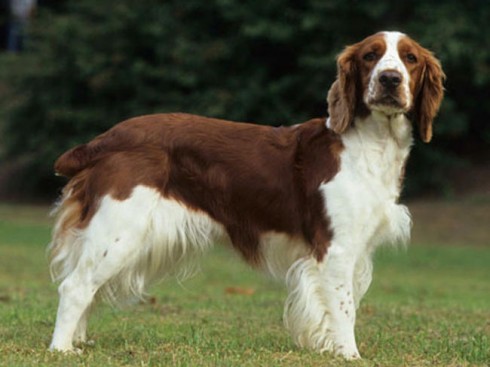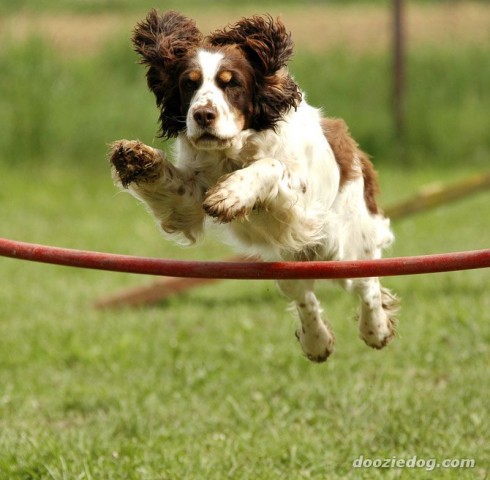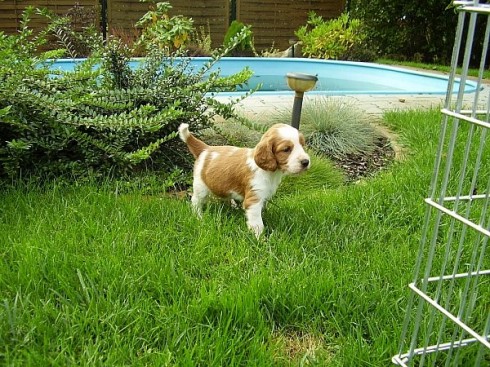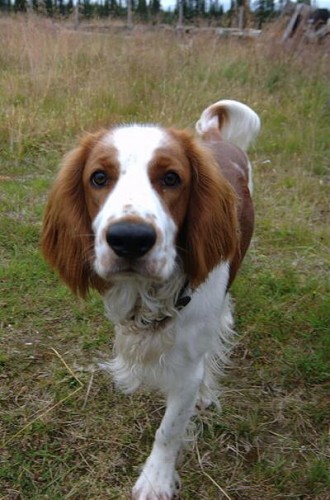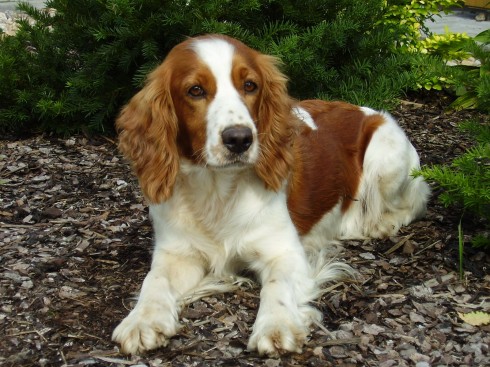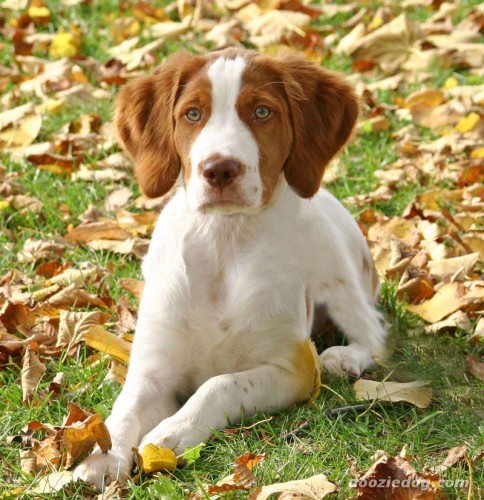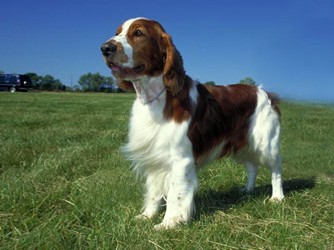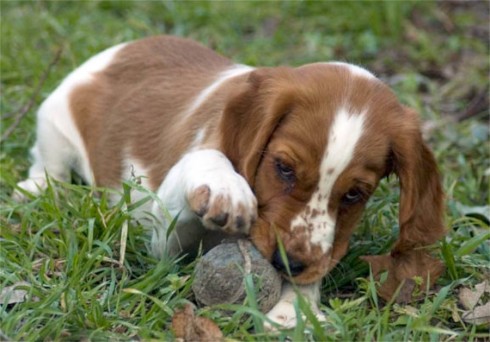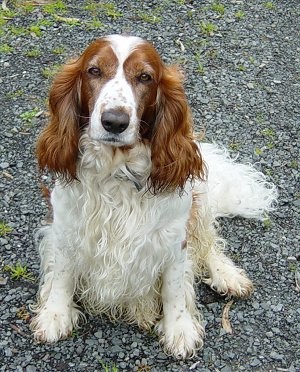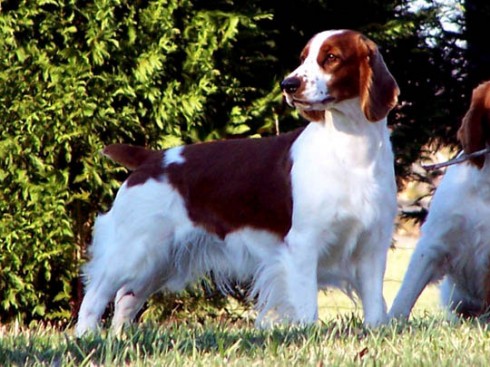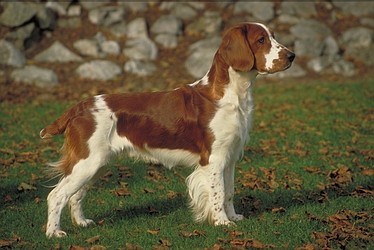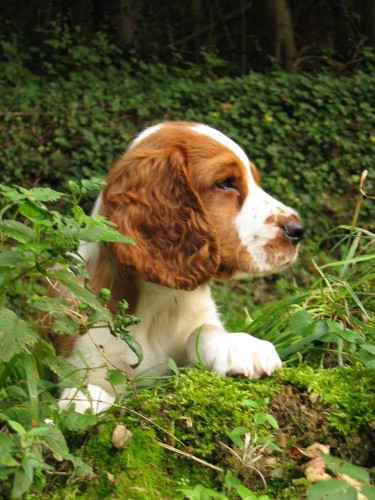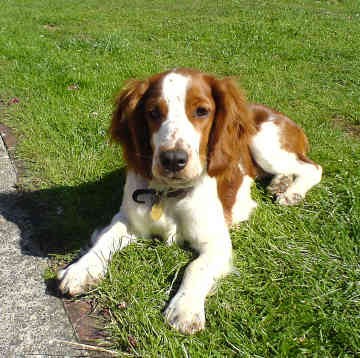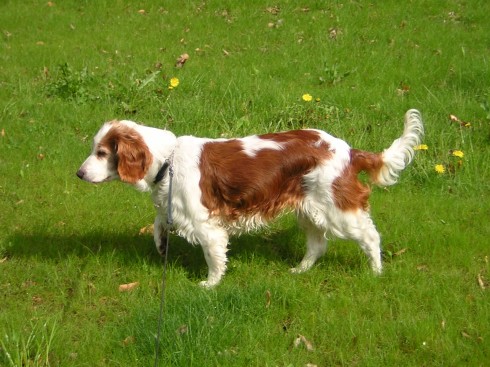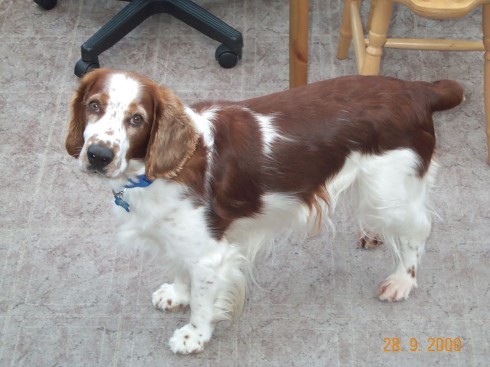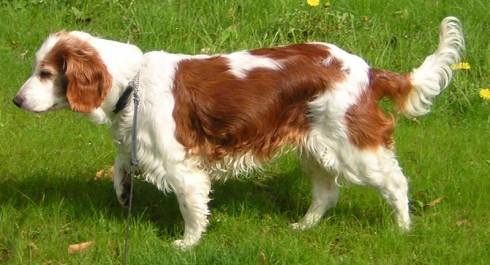Main Index
In Store
Our Web Store
Miniature Schnauzer Picture Gallery
Latest Dog Blogs
- What Are The Basic Commands To Train A Dog?
- PaySafe As The Most Popular Type Of Deposit
- Everything You Need To Know About Pet Sales
- Dogs Contribute To Our Physical And Mental Well Being
- How To Choose Where To Bet On Greyhounds In 2022
- Volunteer With Animals - How To Help Dogs Around The World
- Basic Understanding Of The House Edge
- Why You Should Get A Dog
- Top 20 Popular Dog Names Around The World
- Constipation in Dogs and How to Find Solutions
Welsh Springer Spaniel
Welsh Springer Spaniel Picture Gallery
Welsh Springer Spaniel Breeders
Welsh Springer Spaniel Clubs/Associations
The Full Welsh Springer Spaniel Description
The Welsh Springer Spaniel is an eager and quick learner, extremely affectionate, and devoted. He is smaller than the English Springer, but stronger than the Cocker Spaniel. All Welshies are distinguished by their beautiful coats -- always red with white.
Did you know?
The history of the Welsh Springer Spaniel begins as far back as 7000 B.C.
So you want to own a Welsh Springer Spaniel?
The Welsh Springer Spaniel is a very energetic sporting dog who needs daily vigorous exercise.
The Welsh Springer Spaniel makes an excellent pet for children, although puppies may have too much energy and strength for very young children. They make wonderful house dogs and can live in city apartments as long as they are given lots of attention and exercise.
Indicative Breed Standard
General Appearance
Symmetrical, compact, not leggy, obviously built for endurance and hard work. Quick and active mover, displaying plenty of push and drive.
Characteristics
Very ancient and distinct breed of pure origin. Strong, merry and very active.
Temperament
Kindly disposition, not showing aggression or nervousness.
Head and Skull
Skull of proportionate length, slightly domed, clearly defined stop, well chiselled below eyes. Muzzle of medium length, straight, fairly square. Nostrils well developed, flesh coloured to dark.
Eyes
Hazel or dark, medium size, not prominent, or sunken, or showing haw.
Ears
Set moderately low and hanging close to cheeks. Comparatively small and gradually narrowing towards tip and shaped somewhat like a vine leaf.
Mouth
Jaws strong with a perfect, regular and complete scissor bite, i.e. upper teeth closely overlapping lower teeth and set square to the jaws.
Neck
Long, muscular, clean in throat, neatly set into sloping shoulders.
Forequarters
Forelegs of medium length, straight, well boned.
Body
Not long. Strong and muscular. Deep brisket, well sprung ribs. Length of body should be proportionate to length of leg. Loin muscular and slightly arched. Well coupled.
Hindquarters
Strong and muscular, wide and fully developed with deep second thighs. Hindlegs well boned, hocks well let down, stifles moderately angled, neither turning in nor out.
Feet
Round, with thick pads. Firm and cat-like, not large or spreading.
Tail
Customarily docked. Docked: Well set on and low, never carried above level of back. Lively in action. Undocked: Well set on and low, never carried above level of back. Lively in action. Feathered. In balance with the rest of the dog.
Gait/Movement
Smooth, powerful, ground covering action; driving from rear.
Coat
Straight or flat, silky texture, dense, never wiry or wavy. Curly coat highly undesirable. Forelegs and hindlegs above hocks moderately feathered, ears and tail lightly feathered.
Colour
Rich red and white only.
Size
Approximate height: dogs: 48 cms (19 ins) at withers; bitches: 46 cms (18 ins) at withers.
About Our Article Directory
- Article
- 27 November 2010
- 2 comments
Canis lupus familiaris
- Breed Article
- 29 May 2010
- No comments
Quick Search
Donate
Latest Dog Pods
- Tips on How to Stop Your Dog from Biting
- Beware - Not All Advertised Dog Rescues Really Are! How Can You Know The Truth?
- Helpful Tips For Dog Obedience Problems
- How to Keep Dogs From Eating Poop
- Dog Grooming Tips - A General Overview of the Very Basics of Dog Grooming
- Recognising Different Types of Dog Obedience Problems
- 5 Important Tips On Feeding A Puppy


